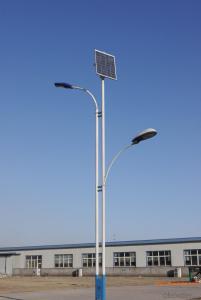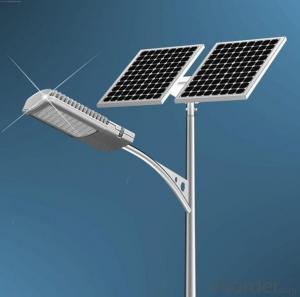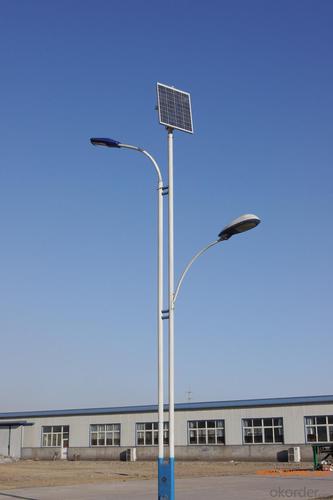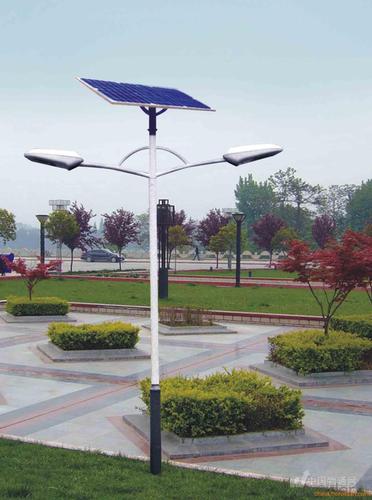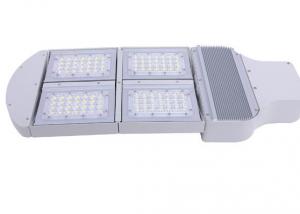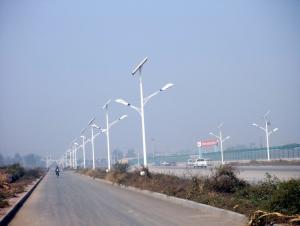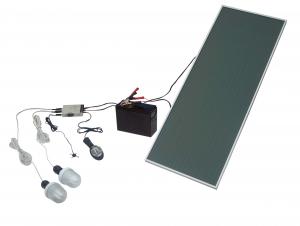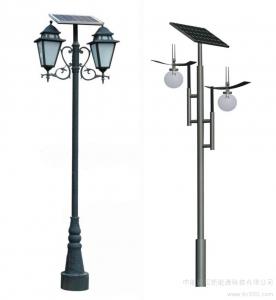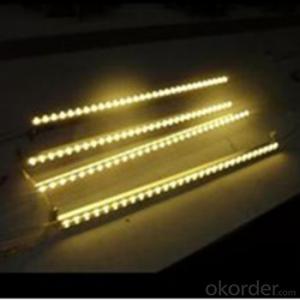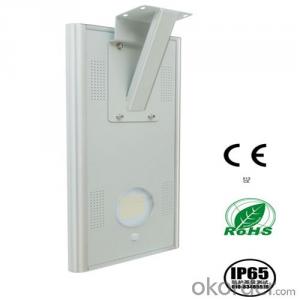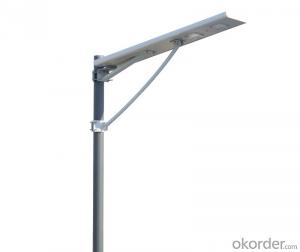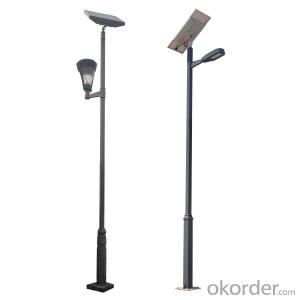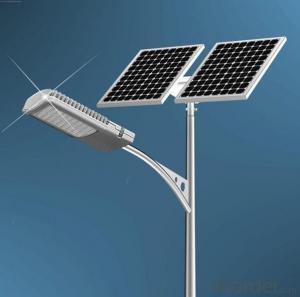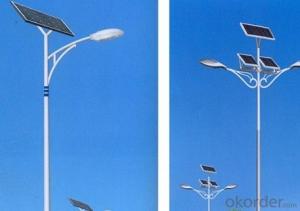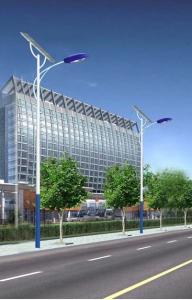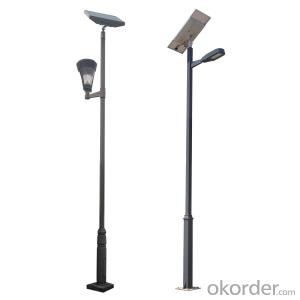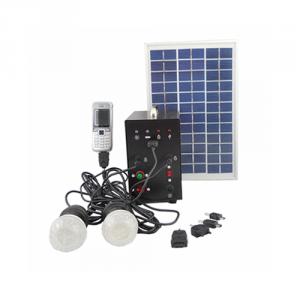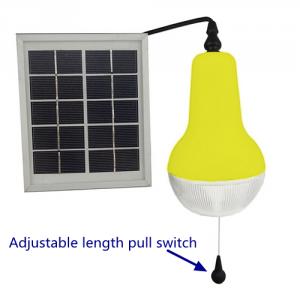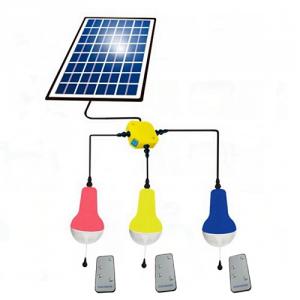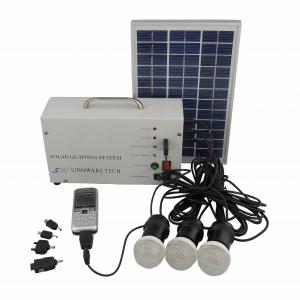Solar Light Outlet - Eco-Friendly, Cost-Saving Solar Street Lamps
- Loading Port:
- Ningbo
- Payment Terms:
- TT OR LC
- Min Order Qty:
- 1 set
- Supply Capability:
- 5000 set/month
OKorder Service Pledge
OKorder Financial Service
You Might Also Like
Step 1 – Find area in need of street lights
The first thing to figure out is the length of road in need of street lights. This can be a small entrance road only a couple hundred of feet long to miles of streets through an area. Does the area currently have any type of lighting available? What is the reason for needing street lights in this area?
Step 2 – Find out if electric is available
Is the electrical grid already nearby or would you need to call in the power company to bring in electrical lines? If the electric needs to be brought to the area, how much is this going to cost? Depending on how far the grid electric is from the location of the needed lighting, this can be quite expensive.
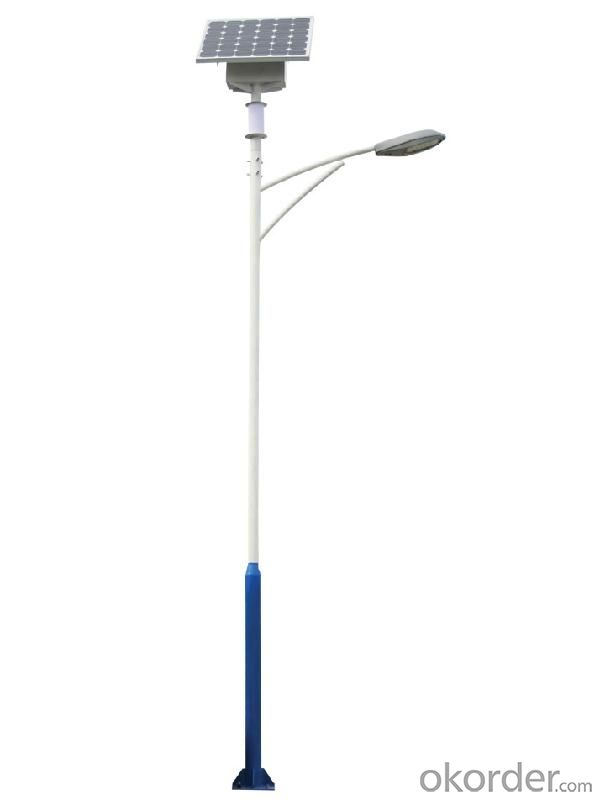
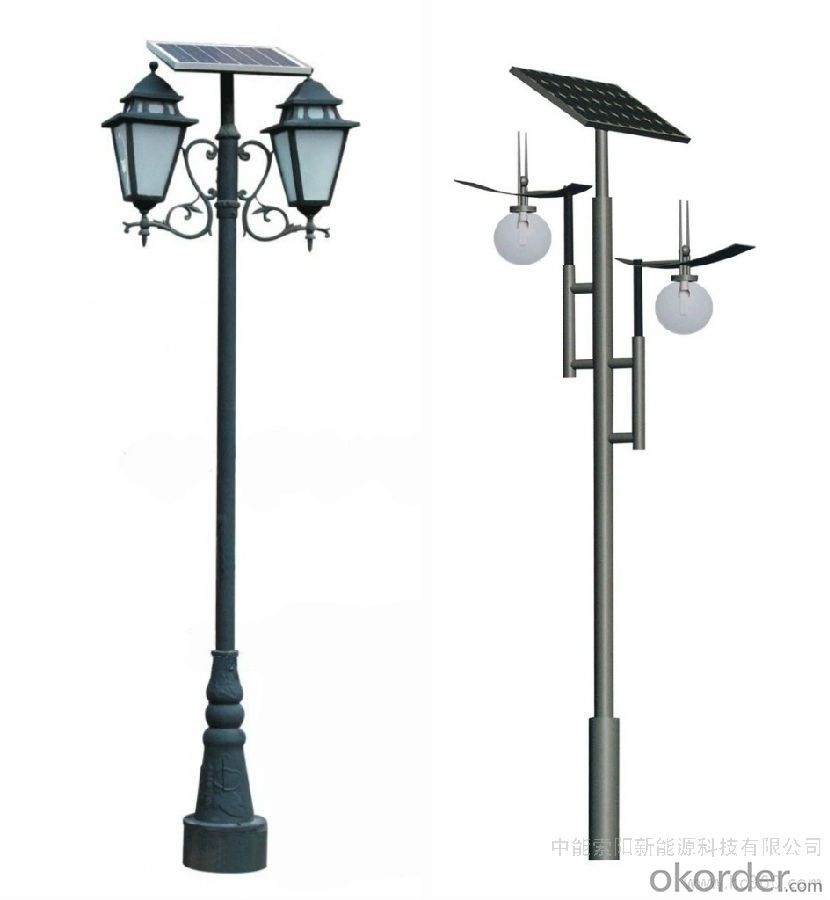
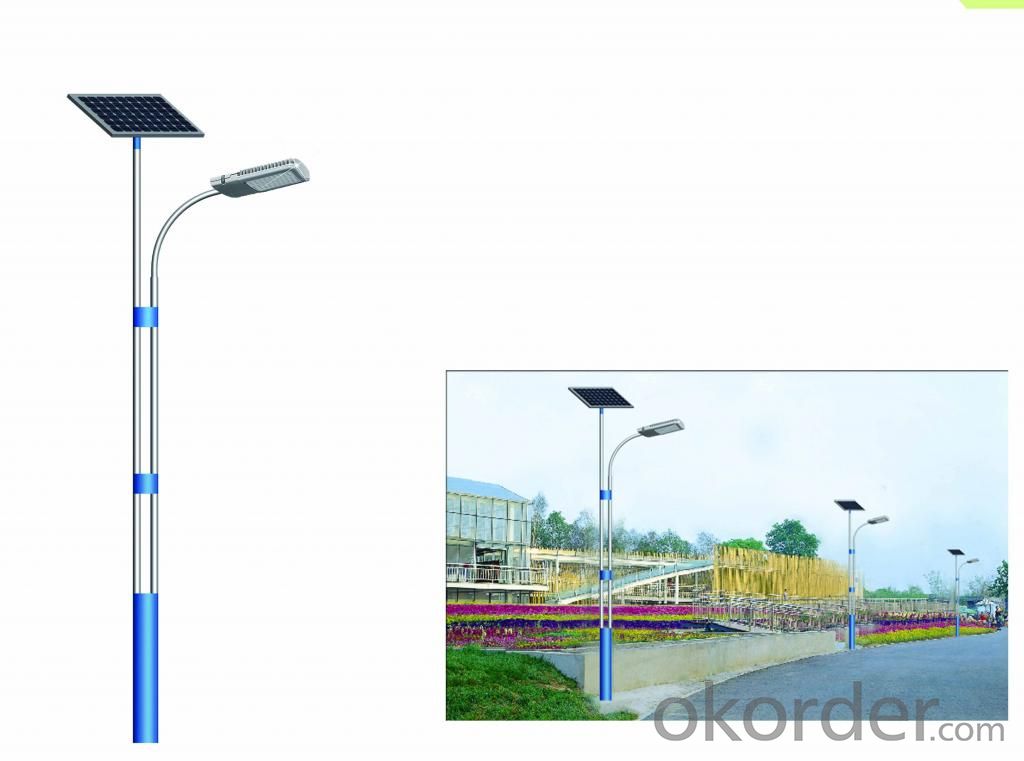
Step 3 – Determine the lighting requirements
How much lighting is needed on the street? Do the lights need to be dark sky compliant? Do the street lights need to run from dusk to dawn or for only a specified number of hours at night? Are the street lights able to dim in the middle of the night and still provide enough lighting? These questions need to be answered before you can decide on how many lights you will need to complete the project.
Step 4 – Find all alternatives
Solar power street lights are an option to traditional electrical lights. Solar street lights do not need the electrical grid to be brought in as they are self-contained units that provide their own electric provide the best lighting solution by using lower amounts of power, better optics, dimming features where needed, and cost less in an overall solution.
Step 5 – Contact companies for quotes
The last step after gathering the above information is to contact companies for quotes. Just like with anything else, get multiple quotes and weigh the pros and cons of every company and situation. The lowest quote is not always the best, so make sure to do your research on companies and products before you submit a purchase order.
If you take your time, do your research, and gather needed requirements, your next street lighting project will be a success. Never be afraid to ask a lot questions, they may save you time and money in the long run.
- Q: Are there solar lights with remote control capabilities?
- Yes, there are solar lights available in the market that come with remote control capabilities. These lights allow users to control various functions such as turning the lights on or off, adjusting the brightness levels, and even changing the lighting modes from a distance using a remote control.
- Q: Are there solar lights for outdoor farms or agricultural fields?
- Yes, there are solar lights specifically designed for outdoor farms or agricultural fields. These solar lights utilize solar panels to harness sunlight during the day and convert it into electricity to power the lights at night. They are an energy-efficient and cost-effective lighting solution for illuminating outdoor farming areas.
- Q: Are there solar lights for swimming pools?
- Yes, there are solar lights specifically designed for swimming pools. These lights are powered by solar energy and can be easily installed in or around the pool area to provide illumination during the night. They are a cost-effective and environmentally friendly option for pool lighting.
- Q: Can solar lights be used for bus stops?
- Yes, solar lights can be used for bus stops. They provide an eco-friendly and cost-effective way to illuminate bus stops, ensuring visibility and safety for passengers during the night. Additionally, solar lights require minimal maintenance and are not dependent on grid electricity, making them a practical choice for bus stop lighting.
- Q: Can solar lights be used for outdoor sports fields and stadiums?
- Certainly, outdoor sports fields and stadiums can indeed utilize solar lights. In fact, these lighting fixtures are growing in popularity for such purposes due to their multitude of benefits. Solar lights serve as a sustainable and eco-friendly lighting solution as they depend on renewable energy sourced from the sun. This not only aids in diminishing greenhouse gas emissions but also reduces long-term energy expenses. Outdoor sports fields and stadiums often necessitate bright and consistent lighting for activities such as football, soccer, baseball, and more. Solar lights can provide the required illumination, guaranteeing clear visibility for both players and spectators. They can be installed in various configurations, including floodlights and stadium lighting, to meet diverse requirements. One of the advantages of solar lights lies in their ability to function independently of the electrical grid. This renders them perfect for remote or off-grid sports fields and stadiums where the installation of power lines may prove impractical or costly. Solar lights can be effortlessly installed and relocated as needed, allowing for flexibility in lighting design and layout. Additionally, solar lights typically come equipped with built-in sensors that automatically switch them on at dusk and off at dawn. This further enhances their efficiency and eliminates the need for manual operation. With advancements in technology, solar lights now possess longer battery life and can provide consistent brightness throughout the night, ensuring uninterrupted lighting during evening games or events. In conclusion, solar lights present a feasible and sustainable option for outdoor sports fields and stadiums. They offer bright and reliable lighting, reduce energy expenses, and contribute to a more environmentally friendly setting. With their flexibility and ease of installation, solar lights are a practical choice for any outdoor sports facility.
- Q: Do solar lights require electricity?
- No, solar lights do not require electricity as they rely on solar energy from the sun to generate power and illuminate.
- Q: Can solar lights be used for garden lighting?
- Yes, solar lights can be used for garden lighting. They are a popular and eco-friendly option that harness the sun's energy during the day and use it to illuminate the garden at night. Solar lights are easy to install, require no wiring, and can provide a soft and ambient lighting effect in outdoor spaces.
- Q: Do solar lights have adjustable color options?
- No, solar lights typically do not have adjustable color options.
- Q: Do solar lights have built-in dusk-to-dawn sensors?
- Yes, solar lights can have built-in dusk-to-dawn sensors.
- Q: Do solar lights have adjustable sensitivity for motion sensors?
- Yes, many solar lights do have adjustable sensitivity for their motion sensors. This feature allows users to customize the range at which the motion sensor is activated. By adjusting the sensitivity, you can prevent the light from being triggered by small movements or animals, while still ensuring it detects larger movements or human activity. This adjustable sensitivity feature is particularly useful in areas with high foot traffic or where false triggers are common. However, it's important to note that not all solar lights have this feature, so it's recommended to check the product specifications or consult with the manufacturer before making a purchase.
Send your message to us
Solar Light Outlet - Eco-Friendly, Cost-Saving Solar Street Lamps
- Loading Port:
- Ningbo
- Payment Terms:
- TT OR LC
- Min Order Qty:
- 1 set
- Supply Capability:
- 5000 set/month
OKorder Service Pledge
OKorder Financial Service
Similar products
Hot products
Hot Searches
Related keywords
